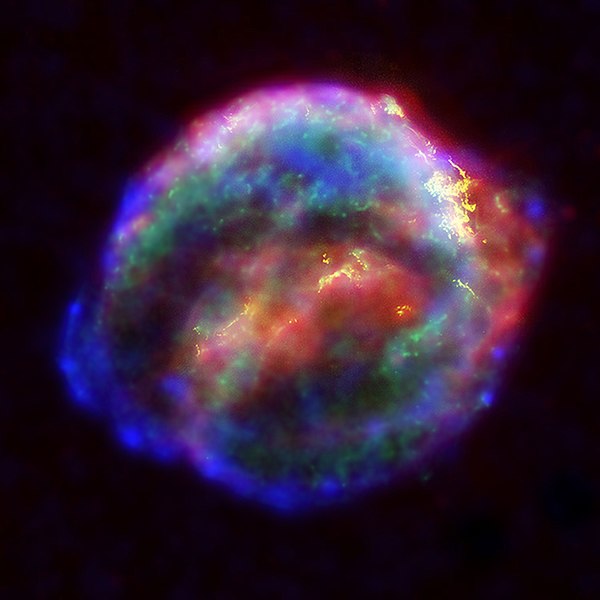Once a massive a star runs out of hydrogen fuel, it is ready to pull the curtains — and it does so with a bang! Supernovae are the most powerful explosions in the known universe, during which the dying star expels all sorts of heavy elements previously fused by nuclear reactions. Earth and the solar system at large are regularly showered by the products of supernovae.
Now, a recent study is highlighting tangible evidence pointing to such ongoing phenomena, describing rare isotopes of iron found in deep-sea sediments that are at least 33,000 years old.
The findings were described by researchers at the Australian National University (ANU) who analyzed sediments buried deep underwater in the Indian Ocean.

“These clouds could be remnants of previous supernova explosions, a powerful and super bright explosion of a star,” Professor Anton Wallner, a nuclear physicist at ANU, said in a statement.
In five sediment samples, the astronomers were able to identify iron-60, a rare isotope with a half-life of 2.6 million years. Since it should completely decay within 15 million years, it’s impossible that the isotope was incorporated during Earth’s formation billions of years ago. Without a doubt, its source is extraterrestrial and supernovae seem to be the likely culprits.
Previously, iron-60 was also found in Antarctic snow and in previously dated seabed deposits, ranging from 2.6 million to 6 millions years ago.
The presence of iron-60 in the newly described sediments suggests it was deposited at a rate of around 3.5 atoms per squar centimeter per year over the past 33,000 years. This slow rate of deposition suggests that the seeding supernova must have flooded interstellar space with its isotopic products.
Although the origin of the supernova cannot be determined, the researchers believe the explosion occurred millions of years ago, and its products must still be flowing through the Local Interstellar Cloud (LIC) — the interstellar cloud in the Milky Way through which the solar system is currently moving.
In the future, the astronomers would like to refine their timeline and come to an exact idea of when these isotopes made their way to Earth and confirm whether or not the LIC is the likeliest source.
“There are recent papers that suggest iron-60 trapped in dust particles might bounce around in the interstellar medium,” Professor Wallner said.
“So the iron-60 could originate from even older supernovae explosions, and what we measure is some kind of echo.
“More data is required to resolve these details.”
The findings were reported in the Proceedings of the National Academy of Sciences.
Was this helpful?



